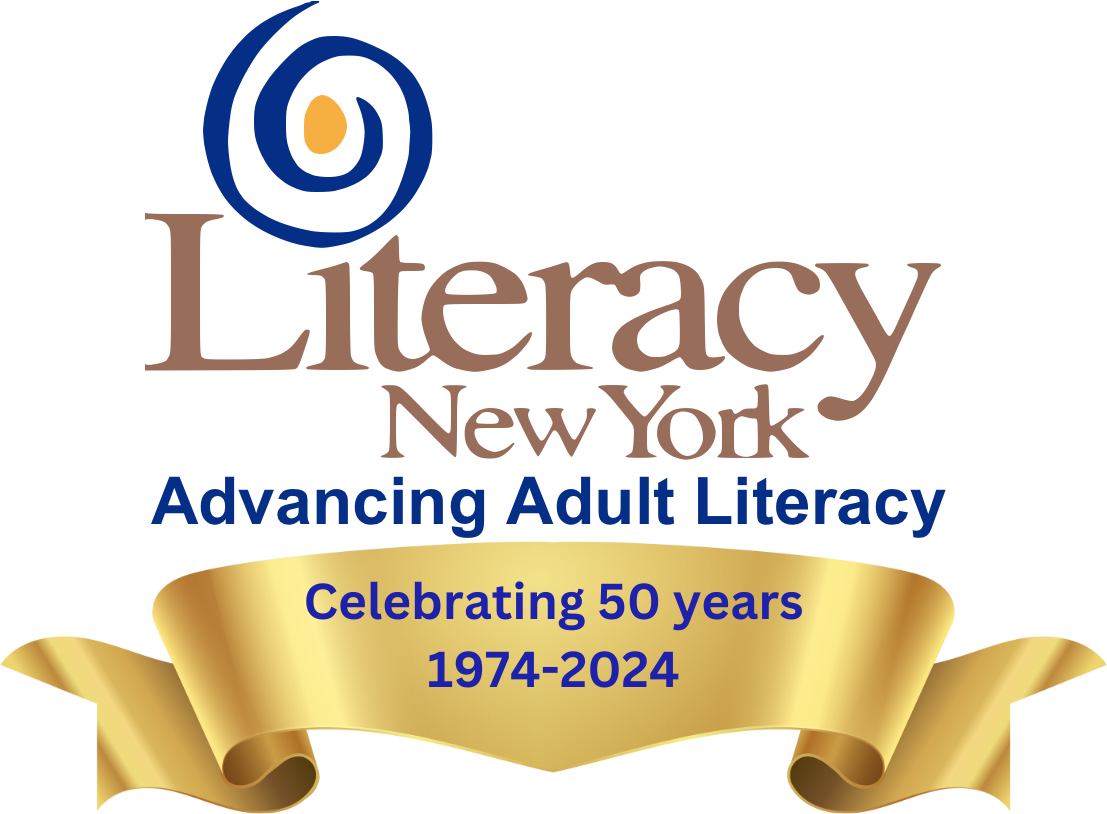Featured News - Current News - Archived News - News Categories
3 Techniques for Promoting Resilience in Adult Digital Literacy
At every single phase of my visit—from checking in, to the nurse evaluation, to accessing my chart for lab work—this new system wreaked havoc. The results were a challenging customer service experience, the haphazard—and quite possibly inaccurate—entry of my medical information due to an inability to locate the correct codes, and even conflict between team members stemming from one nurse’s inability to call up my records. Blatantly audible complaints by employees (“We have ‘this new system…’”) made it clear staff were neither trained adequately nor on board with the new technology.
When examining technology’s impact on how we prepare adult learners for the world of work, we need to be careful not to divert our gaze too far away from the digital skills needed for the jobs of today. So many headlines focus on automation, robots, artificial intelligence, and the looming loss of jobs. Yet, while none of the jobs at play during my doctor’s visit seems to be threatened anytime soon by the digital doomsday tales we hear about in such reports, each employee had clearly been impacted by a pretty standard software transition that occurs every single day across all industries.
It’s likely any technology would have yielded at least some of the negative results I witnessed that day—compromised staff morale, a lack of professionalism, and a significant drop in the level of care and attention to detail I would normally expect. But these behaviors are symptomatic of something more than a simple lack of software-specific training and “skills gaps.”
To many who have not grown up with technology, when something new is encountered—be it an application or a device—it can trigger an actual psychological stress response that manifests as defensiveness or defeatism. And as we know, the key to coping with any stress—regardless the source—is something known as resilience.
Conquering Digital Skills Training By Promoting Resilience in Adult Learners
At CrowdED Learning, we believe overcoming confidence issues related to technology with adults has more to do with building learner resilience—one’s ability to draw from previously learned skills and experiences when encountering a new problem or task—than with any one skill or set of skills. Developing learner resilience is by no means easy and requires a shift in culture as to how we incorporate technology in teaching and learning. The good news is, the shifts required for developing learner resilience can be broken down into three relatively simple core concepts that aren’t disruptive, but rather enhance day-to-day instruction.
Best of all? As aligns with our mission to promote and make more accessible free and open education resources, most of the tools needed to develop learner resilience are free.
1. Meet Learners Where They Operate
Pew research suggests just 24 percent of US adults with less than a high-school diploma have home broadband access, while further Pew research indicates 95 percent of U.S. adults have some type of mobile device. If this is true, then why do we invest so heavily in educational learning software—which arguably has yet to become truly mobile friendly—as the vehicle by which we “incorporate” technology in adult education?
These data tend to be confirmed by adult educators. We typically hear that while most learners own smartphones, they are “only” using them for things like social media and text messaging. However, if adult learners are in fact using technology in some way, why aren’t we—as aligns to adult learning theory concepts—relating to this adult learner experience by drawing explicit connections between the skills they are employing for current technology usage and tasks for which they will need to use technology in the workplace?
After all, learning today is inquiry-based. Given that we have access to a majority of the information we need at any given time with the devices in our hands, we need to condition learners to know what tools they have available, and when and how to access them to find the information they need. This is a far different approach than what we’ve traditionally done—where learners are passive consumers of information, and content is delivered by a single textbook or piece of learning software.
At CrowdED Learning, we’re working to support this active learning style by expanding options for learners. We believe this starts with aggregating free and open education resources from a variety of sources—particularly ones that are mobile optimized—and aligning them to core academic competencies adult learners need for college and career readiness. The aim of this approach is twofold:
- We wish to ease the process by which adult educators find resources to augment their currently limited curriculum options.
- We want to create conditions that allow us to explore what structures need to be in place in order for learners to become active, resilient decision-makers related to their own learning when given options.
2. Use Technology Learners Already Know
In our tech-obsessed world, it’s painfully easy to get distracted by all the shiny things and try to keep up with the newest technologies. Like all other fields, adult education struggles with knowing where to focus because of the blistering pace with which technology moves. Because of this, whenever something involves technology, educators tend to lose sight of what we know to be best practices for adult learners: application over drills, establishing relevance to the learner, and a focus on “why” instead of “how.”
In many classrooms around the country, adult education instructors use simple tools such as Remind, WhatsApp, and Facebook to foster communication while developing learners’ digital literacy skills. By using free and familiar apps through devices learners already have access to, instructors can empower learners in relation to digital resilience by providing experiences that leverage technology to complete practical tasks. They can also reduce apprehension within learning environments that, for many adults who make the courageous return to the classroom, can be an uncomfortable and unfamiliar setting.
3. Use the Language of Skills
Providing situations where learners use technology to solve problems and perform practical tasks is an important step, but just because learners are employing digital skills doesn’t mean they’re internalizing them. Digital skills are as steeped in language and technical vocabulary as any other subject area. Having a grasp of such vocabulary and being able to effectively communicate what you’re doing is critical to internalizing any skill.
Burning Glass data suggest that it’s not the whiz-bang, Jetsonian technologies that are most needed for learners to become “future ready.” For most job roles, the technology of the future still involves basic productivity and data entry software that relies primarily on a standard set of baseline skills and commands that are not specific to any single application, occupation, or industry. Think copy-paste, save as, file upload sequences, and formatting text.
The sequence of steps to upload an image to social media—something we acknowledge adult learners are doing—are nearly identical to those used to upload a resume to a job posting site. The same considerations one must make in posting to their wall or commenting on others’ posts within educational settings are the very same ones needed by learners in any setting to be effective in communication and collaboration. And if you’re paying attention to the endless barrage of statistics, those are two employability skills employers complain jobseekers deeply lack.
In numeracy best practices, instructors employ a technique called productive struggle—giving learners a problem with which they might not be familiar and allowing them to struggle in order to approach and solve the problem using the skills and concepts they already know. This same approach can have a powerful impact in digital skills instruction. In order for learners to internalize “what they are doing” when using technology, we need to use the language of skills as they perform digital tasks.
Tasks such as using a smartphone to find the answer to a simple question—say, “What famous person was born today?”—provide rich opportunities for discussion and skill development. “What browser did you use?” “What is a browser?” “What search terms did you enter?” “On what website did you find the answer?” “How do you know that is a valid source?”
Affording learners the time in such simple constructs to discuss their varied approaches, make conceptual connections across these approaches, and use explicit vocabulary to explain what they did and why they did it gives learners the strategic competence needed to change their mindsets. When learners encounter or are asked to use new applications that require similar functions—say, electronic medical records software—the current, common reaction of “I can’t do this,” can be shifted to one of “I don’t yet know how to do this, but I can figure it out.”
The Future is Now
While robots make for great headlines and movie plotlines, the digital skills needed to put adult learners into positions of increased self-reliance and career mobility aren’t as far-reaching as our tech-obsessed future-thinking world might suggest. As adult educators, we need to avoid the lure of looking at technology as being different than any other skill or subject area. Digital skills are not “separate” from the skills we already teach. In fact, if there’s any one universal truth related to technology’s impact on society, education, and the world of work, it is this: “Digital literacy is literacy.”
It is a fool’s errand to attempt to predict ahead to what skills might be needed when we can’t know with any assurance what new tools and resultant processes will even exist in the future. Rather than trying to hit a moving target, we should instead focus on developing a positive growth mindset in the face of learning and applying new technologies. By focusing on learner resilience using the tools already available to them, adult educators have the ability, right now, to unlock this mindset.
For more information on technology and adult learners, check out Digital Promise’s guide to applying adult learning theory to technology use.




